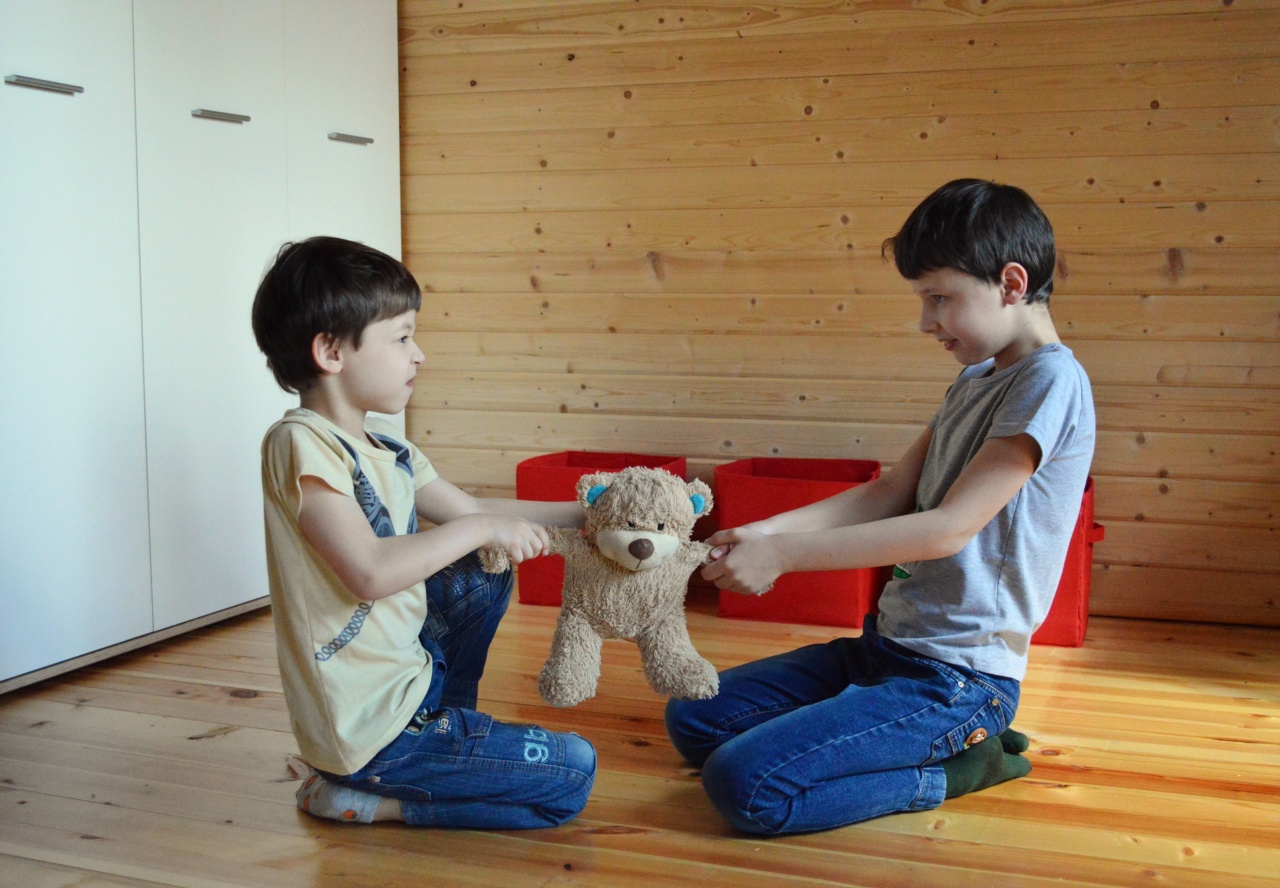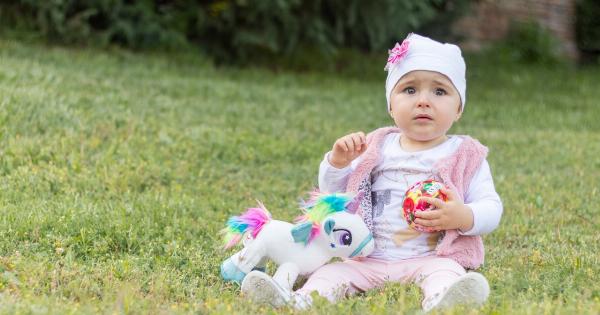As a parent or caregiver, it is important to understand the development of a child’s behavior and distinguish between normal aggression and pathological aggression.
Normal aggressive behavior is a common part of childhood while pathological aggression can lead to a range of long-term problems. In this article, we will explore the line between normal child behavior and pathological aggression.
What is Normal Aggressive Behavior?
Normal aggressive behavior in children is a common result of their developmental stages. Toddlers are known for having occasional temper tantrums and outbursts of frustration due to their inability to express themselves verbally.
Younger children may hit, bite, or use name-calling as a way to assert themselves. As a child grows older, their aggressive tendencies begin to subside as they learn to better understand their emotions and develop more advanced communication skills.
When Does Aggressive Behavior Become Pathological?
Pathological aggression in children is characterized by a persistent and intense response to everyday situations. Children with pathological aggression can exhibit violent behavior towards others and may become uncontrollable and unpredictable.
Children who engage in pathological aggression may display the following behaviors:.
- Frequent physical fights with peers or adults
- Threatening behaviors towards others
- Starting fires or hurting small animals
- Destroying property intentionally
- Refusing to follow rules or authority figures
What Causes Pathological Aggression in Children?
Pathological aggression in children may be caused by a variety of factors. These can range from abnormal development of the brain, early childhood trauma, genetic or environmental issues, or a history of substance abuse in the home.
In some cases, children who have been exposed to violence or aggression in their home environment may become conditioned to aggressive behavior as a natural response to their surroundings.
How to Help a Child with Pathological Aggression?
If you suspect that your child may be exhibiting signs of pathological aggression, it is important to seek professional help immediately.
A mental health professional may recommend a combination of therapy and medication to help your child overcome their aggressive tendencies. Cognitive-behavioral therapy and group therapy sessions may be useful in helping a child better understand their emotions and develop more effective coping mechanisms.
Behavioral therapy may also help a child unlearn negative behaviors and develop more positive habits.
Preventing Pathological Aggression in Children
As a parent or caregiver, there are steps you can take to help prevent pathological aggression in your child. These steps include:.
- Creating a safe and stable home environment
- Teaching age-appropriate coping skills and conflict resolution techniques
- Encouraging open and honest communication
- Building a strong support system of friends and family members
- Seeking help if your child experiences any type of trauma
Conclusion
Understanding the line between normal child behavior and pathological aggression is critical for parents and caregivers. Normal child aggression, such as temper tantrums and frustration, are a common part of childhood development.
However, if a child’s behavior persists and becomes more violent or unpredictable, it may indicate pathological aggression that requires professional intervention. By seeking help early and creating a safe and stable home environment, parents and caregivers can help their children build coping skills and prevent the onset of pathological aggression.































